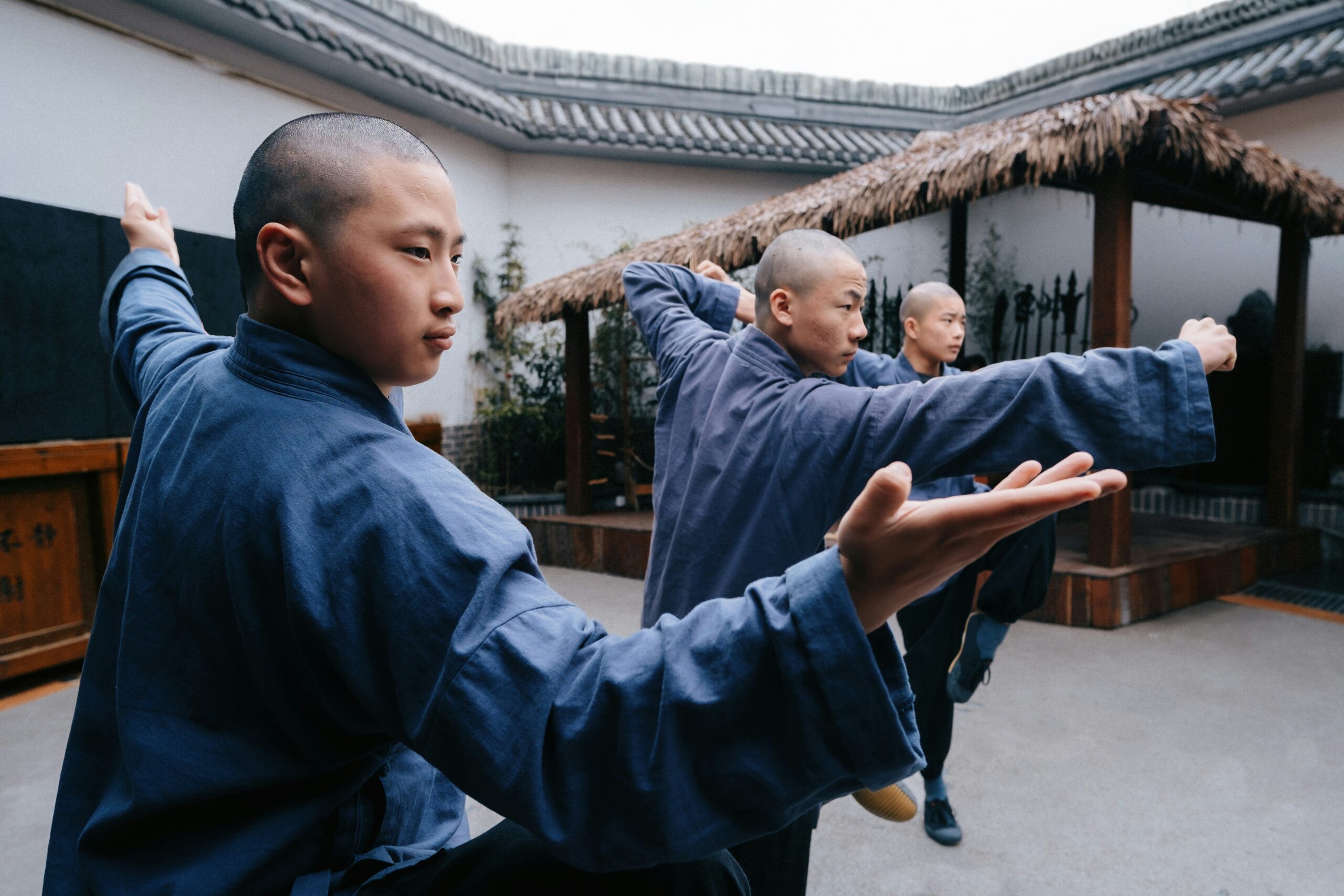
The art of Tai Chi, a form of traditional Chinese martial arts, is revered for its physical benefits and its profound ability to cultivate mental clarity and inner peace. Often described as “meditation in motion,” Tai Chi integrates slow, flowing movements with mindful breathing, creating a holistic practice that nurtures body and mind. While rooted in martial arts, this ancient practice has evolved into a form of exercise that benefits people of all ages and fitness levels, offering a path to better health, increased mental focus, and spiritual serenity.
The Evolution of Tai Chi
Tai Chi originated in China over a thousand years ago, combining martial arts, philosophy, and meditation elements. Martial artists initially developed it to cultivate internal strength and self-defense skills. Rooted in Taoist philosophy, Tai Chi emphasizes the balance between Yin and Yang—the dualistic forces of nature—and the flow of Qi (energy) throughout the body.
Over the centuries, Tai Chi was refined and adapted to suit various needs. While its martial applications are still practiced today, modern Tai Chi focuses on improving overall health and well-being. The practice is characterized by slow, graceful movements that help to build strength, flexibility, and balance while promoting relaxation and mental clarity. Today, Tai Chi is a popular form of exercise worldwide, with millions of practitioners using it to enhance their physical health and cultivate inner peace.
Mindful Movement: The Key to Tai Chi
Tai Chi’s beauty lies in its ability to combine mindful movement with deep breathing, allowing practitioners to achieve a state of calm and focus. Every Tai Chi form, whether a simple posture or a more complex sequence, is performed with deliberate, slow movements that require concentration and attention to detail. The practice encourages mindfulness, helping practitioners become more attuned to their bodies and present in the moment.
By focusing on the fluid transitions between movements, Tai Chi encourages the cultivation of balance—not just in the physical sense but also in the mental and emotional aspects. As you engage in Tai Chi, you learn to move with purpose and intention, letting go of distractions and stress.
The Physical Benefits of Tai Chi
While Tai Chi may seem deceptively simple, the physical benefits are vast and well-documented. Through its slow and controlled movements, Tai Chi helps to improve flexibility, muscle strength, joint mobility, and balance. The gentle nature of the practice makes it accessible to people of all ages, including seniors and those with physical limitations.
Balance and Coordination: One of the most significant physical benefits of Tai Chi is its ability to improve balance and coordination. As we age, our balance often declines, leading to a higher risk of falls. The art of Tai Chi has been shown to reduce the risk of falls, particularly in older adults, by enhancing coordination and body awareness.
Cardiovascular Health: Although Tai Chi is a low-impact form of exercise, it has been shown to improve cardiovascular health. The slow, steady movements increase circulation, which helps to improve oxygen flow to the muscles and organs. The practice can lower blood pressure, reduce cholesterol, and promote heart health. Studies have demonstrated that Tai Chi improves cardiovascular fitness, particularly in older adults.
Mental and Emotional Well-Being
In addition to the physical benefits, Tai Chi profoundly affects mental and emotional health. The practice’s emphasis on mindfulness and relaxation helps to reduce stress, anxiety, and depression. Tai Chi activates the parasympathetic nervous system, which is responsible for the body’s rest-and-digest response. This helps to calm the mind and reduce the effects of stress.
As practitioners move through each posture, they must focus on their body’s alignment, breath, and energy flow. This concentration keeps the mind sharp and clear, improving cognitive function and mental resilience. Tai Chi can also help improve memory and attention span, making it an excellent practice for people of all ages.
Spiritual Connection through Tai Chi
While Tai Chi is often seen as a physical and mental practice, it is also deeply spiritual. The practice’s origins in Taoist philosophy are reflected in the emphasis on cultivating Qi, or life force energy.
Self-Awareness: Tai Chi encourages self-awareness and introspection. By moving with intention and mindfulness, practitioners better understand their own bodies and minds. This awareness can lead to a more profound self-acceptance and spiritual growth. Connection to Nature: Many Tai Chi practitioners feel deeply connected to nature and the world around them.
Tai Chi for Every Age and Ability
One of the most remarkable art of Tai Chi is its accessibility. Unlike many other forms of exercise, Tai Chi can be practiced by people of all ages and fitness levels. It is a gentle yet powerful practice that can quickly adapt to individual needs and goals.
Tai Chi fosters physical health, mental clarity, emotional balance, and spiritual growth through slow, deliberate movements. Whether you’re looking to reduce stress, improve balance, or connect more deeply with yourself, Tai Chi offers a transformative experience. Incorporating Tai Chi into your life can create a more profound sense of harmony, peace, and vitality.